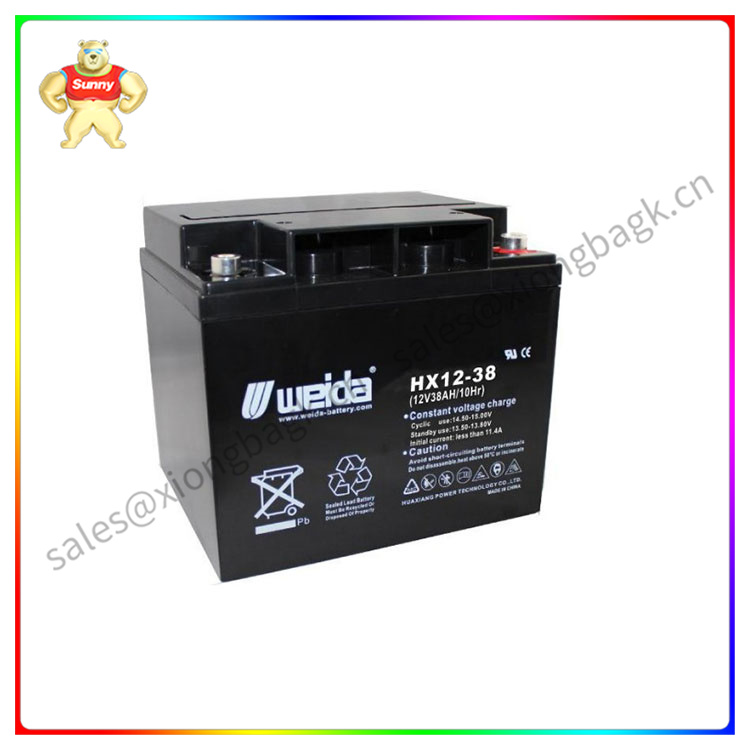How to judge the storage capacity of the battery less?
Lead-acid batteries are widely used in automobiles, and their main function is to start the engine. When the car battery in use is unable to start the engine, it indicates that the storage capacity of the battery is insufficient, and it is necessary to charge and detect whether the capacity of the battery is normal, if the capacity is lower than the available limit value, the battery needs to be repaired or replaced.
1, with the voltmeter plus load to detect the battery capacity
To detect the storage capacity of the battery, it is difficult to use only the voltage block of the voltmeter or multimeter without load to check whether the storage capacity of the battery is sufficient. When measuring the voltage alone, the current consumption is very small, so it will not produce a large voltage drop inside the battery, so the display voltage is not low, but if you add a considerable load, such as opening the headlamp (load current 10 ~ 15A), honking the horn (load current 6 ~ 12A), the battery will dim the light, the horn is hoarse, thus showing the lack of storage.

weida
The correct and reliable detection method is to turn on the starter on the car to detect the battery voltage, the steps are as follows:
a, under the normal temperature of the engine, connect a voltmeter to the positive and negative terminals of the battery, pull out the injector wire, so that the engine can not start;
B. Start the engine and run continuously for 5 ~ 10 seconds, while observing the degree of the voltmeter;
c, when the starter and the line are well connected, the battery voltage of 12V is 9.6V or higher than 9.6V, indicating that the battery is in good technical condition; If the voltage is lower than the above value, it indicates that the battery is in a state of power loss and the storage power is insufficient.
2. Use a hydrometer to detect the storage capacity of the battery
Using a hydrometer to detect the storage capacity of the battery is also a common method, generally fully charged batteries at 20℃ when the standard proportion of electrolyte is 1.25 ~ 1.29kg/L; If the electrolyte proportion of the battery at 20℃ is less than the above value, greater than 1.06kg/L, the battery storage capacity is insufficient, need to be charged; If the battery at 20℃ electrolyte specific gravity is 1.06kg/L or smaller, it means that the battery has been completely discharged or damaged. According to this principle, using the hydrometer to measure the specific gravity of the battery electrolyte can know the storage capacity of the battery, and can also further judge the condition of the battery.
3, use the battery detector to detect the battery capacity
In the daily maintenance and repair can really quickly and accurately detect the amount of battery power, or to use the battery detector.
When in use, the battery detector is connected to the battery for 10 to 15 seconds, and the voltage is maintained at 10.5 to 11.6V, indicating sufficient capacity and no fault of the battery;
If the voltage is between 9.6V and 10.5V, the capacity is insufficient and the battery is not faulty.
If the voltage is lower than 9.6V, the capacity is insufficient or the battery is faulty.
The above is just a simple battery detector, which can only measure the battery voltage in the state of large current discharge and roughly judge the storage capacity of the battery. In addition to starting discharge, the most advanced battery detectors can also measure the cold starting current (CCA).
 中文版
中文版




